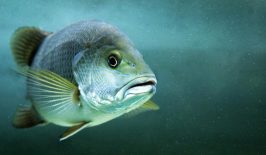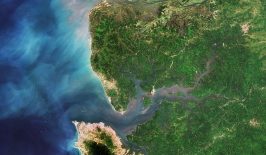According to IUCN, over 27,000 animal and plant species are threatened with extinction and are on the so-called Red List – more than 27 percent of all species studied. When looking at just mammals, it’s about 25 percent of all known species. Since 2016, the Red List has unfortunately seen another large mammal added to it: the giraffe. Today around 70,000 adult giraffes still roam the steppes of sub-Saharan Africa – that’s 40 percent less than 30 years ago.
There are many reasons for this. Agricultural land use has drastically reduced the animals’ habitat, and hunting giraffes is still a lucrative line of business. In order to carry out protection measures, it’s important to collect information and data about giraffe populations currently. That could be information about group size, where they are and more exact estimates of their numbers. However, these surveys are very costly and lengthy, especially when carried out by only small groups of scientists. This is where the concept of Citizen Science comes in.
GiraffeSpotter is a photo identification database where people can upload photos of giraffes for them to be recorded and individually catalogued based on the unique pattern of their hides – which is different for each and every animal, just like a human fingerprint is. The open source software Wildbook allows visitors to national parks, researchers and any one else from the general public to upload giraffe photos, while the artificial intelligence software makes it possible to identify the giraffes in the photos by their patterns, similar to face recognition software. If the database contains the identified pattern, it is assigned to the identified giraffe. If not, a new entry is created.
This data analysis doesn’t just give information about the appearance and the number of giraffes in the wild, however. It also provides important social data on wildlife populations, such as where and how far the animals move. This information can help conservationists design better protective measures for the endangered giraffes. The more detailed the level of knowledge, the more accurately scientists can identify threats to the population and propose solutions.
This mixture of AI, big data and citizen Science is not unique to data collection on giraffes. The Wildbook software is actually being used by several different projects. Flukebook focuses on tracking different whale species, such as humpback and sperm whales, which can be distinguished by their different colours and the variations in the edges of their fins, while MantaMatcher collects data about manta rays, who have their identifying marks on their belly.
This is a translation of an original article which first appeared on RESET’s German-language site.






